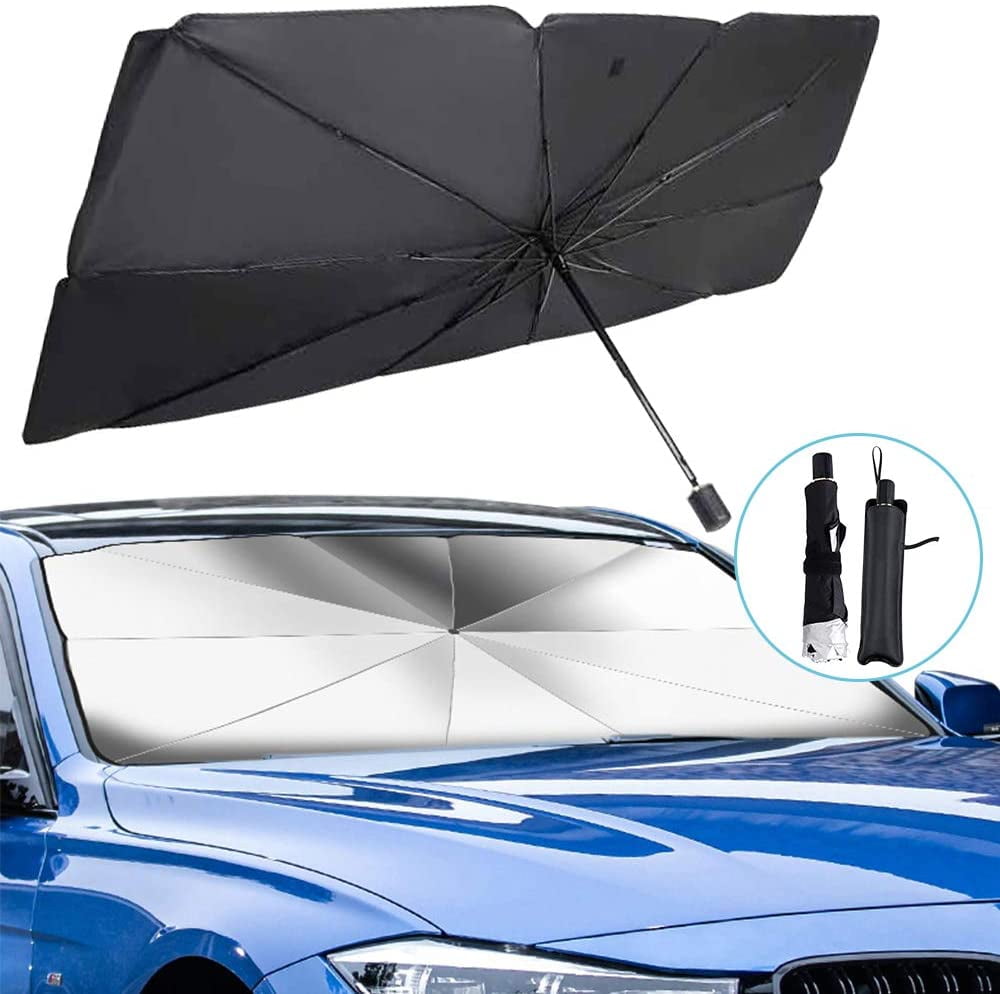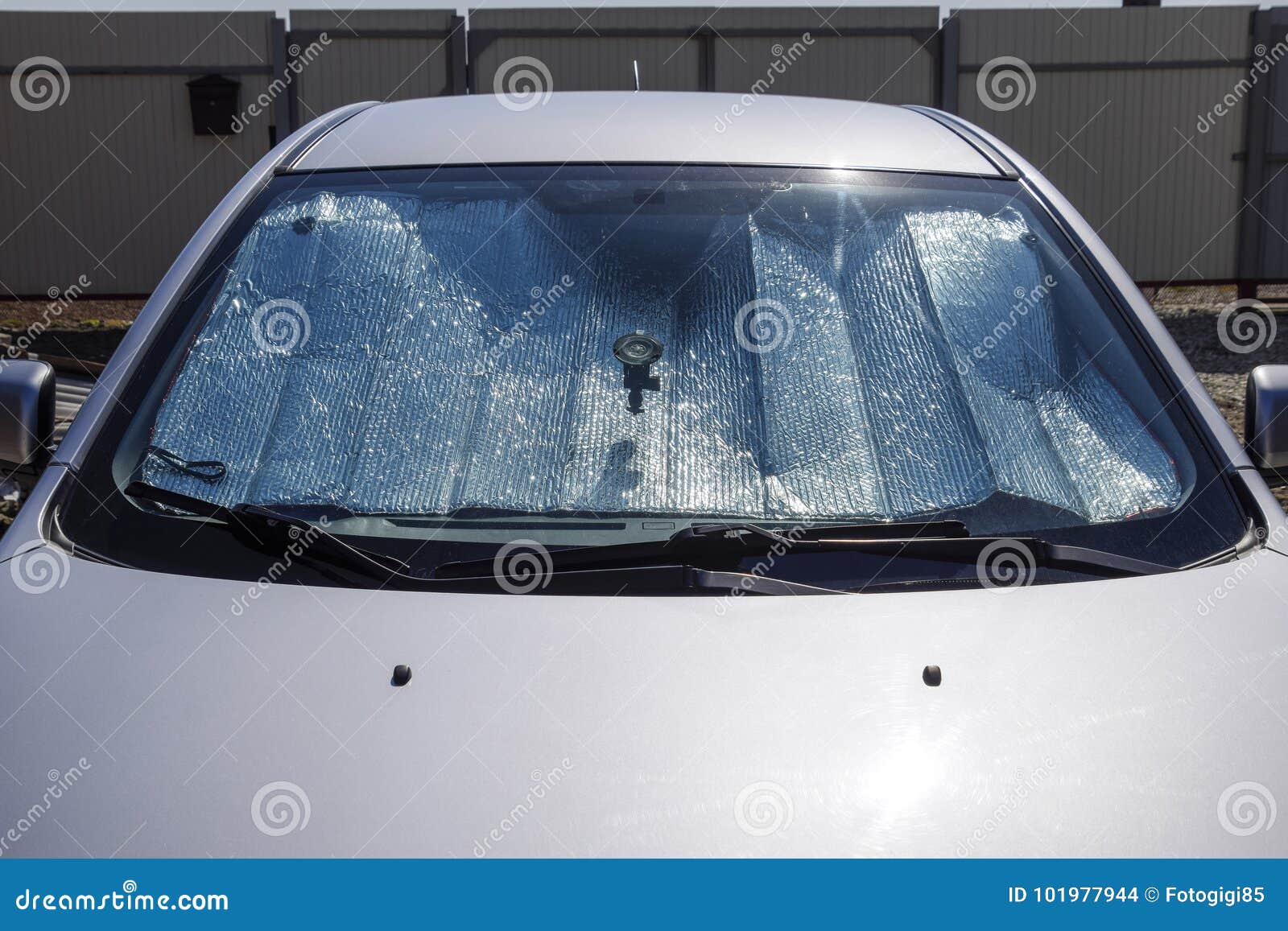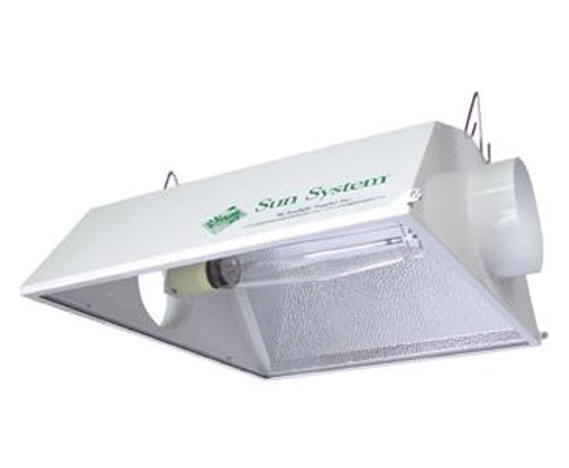
paper and pencils, for drawing and sharing design ideas.
 (if not using the sun as light source) clamp or desk lamp with 100W incandescent bulb (~$8 best for each group to have their own, but teams can share if necessary). Investigation Worksheet, one per person. protractor (or use attached Protractor Printout, two per sheet, print out and cut apart). multimeter ($10 available online see the Solar Multimeter Source Information attachment in the Photovoltaic Efficiency unit) (experiment can be run with either one or two multimeters per group, see Procedure section for details). mini PV panel ($10-30 available online do a product search for "small solar panel" or see the Solar Panel Source Information attachment in the Photovoltaic Efficiency unit). Students will develop an understanding of the effects of technology on the environment.Įnergy resources can be renewable or nonrenewable.Īpply a broad range of making skills to their design process.ĭevelop a plan that incorporates knowledge from science, mathematics, and other disciplines to design or improve a technological product or system. Students will develop abilities to apply the design process. Students will develop an understanding of engineering design. Students will develop an understanding of the attributes of design. Analysis of costs and benefits is a critical aspect of decisions about technology. New technologies can have deep impacts on society and the environment, including some that were not anticipated. When evaluating solutions it is important to take into account a range of constraints including cost, safety, reliability and aesthetics and to consider social, cultural and environmental impacts. This activity focuses on the following Three Dimensional Learning aspects of NGSS:Įvaluate a solution to a complex real-world problem, based on scientific knowledge, student-generated sources of evidence, prioritized criteria, and tradeoff considerations.Īlignment agreement: Thanks for your feedback! This is a great product with fantastic customer service and support.Evaluate a solution to a complex real-world problem based on prioritized criteria and trade-offs that account for a range of constraints, including cost, safety, reliability, and aesthetics, as well as possible social, cultural, and environmental impacts.Ĭlick to view other curriculum aligned to this Performance Expectation We have also had some good winds around here, gusts 15-20 mph, and I don’t think the shade has moved at all. With the shade over the roof, the sun can no longer hit the roof, thereby allowing the A/C to work less to cool off the ducts and put out some cold air. So it takes time for the A/C to cool off the “duct” to a point where you’ll start to get cool (not cold) air from the vents. He explained that with the sun hitting the roof directly, that also heats up the Styrofoam used to insulate the roof, and most RV manufacturers just cut “channels” in the Styrofoam to act as “ducts”. Just after we purchased the coach, I asked a RV tech why it seemed like the A/C’s weren’t working very well. If we wanted it cooler, it only took about 10 minutes for a second A/C (ducted) to bring the temperature down to 72.īefore, without the shade, we’d be lucky to keep the coach at 75 with both A/C’s running all day in similar conditions. According to my thermometers inside and out, it got to a warm 93 degrees outside today, while the inside (main living/kitchen area) stayed at a reasonable 75 with just one of two 15,000 BTU air conditioners (non-ducted) running most of the day (8-5), sunrise 5:40am, sunset 7:50pm). I wanted to wait for a warm day to post a review with some relevant details.
(if not using the sun as light source) clamp or desk lamp with 100W incandescent bulb (~$8 best for each group to have their own, but teams can share if necessary). Investigation Worksheet, one per person. protractor (or use attached Protractor Printout, two per sheet, print out and cut apart). multimeter ($10 available online see the Solar Multimeter Source Information attachment in the Photovoltaic Efficiency unit) (experiment can be run with either one or two multimeters per group, see Procedure section for details). mini PV panel ($10-30 available online do a product search for "small solar panel" or see the Solar Panel Source Information attachment in the Photovoltaic Efficiency unit). Students will develop an understanding of the effects of technology on the environment.Įnergy resources can be renewable or nonrenewable.Īpply a broad range of making skills to their design process.ĭevelop a plan that incorporates knowledge from science, mathematics, and other disciplines to design or improve a technological product or system. Students will develop abilities to apply the design process. Students will develop an understanding of engineering design. Students will develop an understanding of the attributes of design. Analysis of costs and benefits is a critical aspect of decisions about technology. New technologies can have deep impacts on society and the environment, including some that were not anticipated. When evaluating solutions it is important to take into account a range of constraints including cost, safety, reliability and aesthetics and to consider social, cultural and environmental impacts. This activity focuses on the following Three Dimensional Learning aspects of NGSS:Įvaluate a solution to a complex real-world problem, based on scientific knowledge, student-generated sources of evidence, prioritized criteria, and tradeoff considerations.Īlignment agreement: Thanks for your feedback! This is a great product with fantastic customer service and support.Evaluate a solution to a complex real-world problem based on prioritized criteria and trade-offs that account for a range of constraints, including cost, safety, reliability, and aesthetics, as well as possible social, cultural, and environmental impacts.Ĭlick to view other curriculum aligned to this Performance Expectation We have also had some good winds around here, gusts 15-20 mph, and I don’t think the shade has moved at all. With the shade over the roof, the sun can no longer hit the roof, thereby allowing the A/C to work less to cool off the ducts and put out some cold air. So it takes time for the A/C to cool off the “duct” to a point where you’ll start to get cool (not cold) air from the vents. He explained that with the sun hitting the roof directly, that also heats up the Styrofoam used to insulate the roof, and most RV manufacturers just cut “channels” in the Styrofoam to act as “ducts”. Just after we purchased the coach, I asked a RV tech why it seemed like the A/C’s weren’t working very well. If we wanted it cooler, it only took about 10 minutes for a second A/C (ducted) to bring the temperature down to 72.īefore, without the shade, we’d be lucky to keep the coach at 75 with both A/C’s running all day in similar conditions. According to my thermometers inside and out, it got to a warm 93 degrees outside today, while the inside (main living/kitchen area) stayed at a reasonable 75 with just one of two 15,000 BTU air conditioners (non-ducted) running most of the day (8-5), sunrise 5:40am, sunset 7:50pm). I wanted to wait for a warm day to post a review with some relevant details. 

#Sun reflector install
It took about an hour to install and adjust to my liking, including getting all of the slide-out and top straps hooked up. "We live in a park in our 2020 42’ Montana 3813 fifth wheel in sunny southern CA with no trees around us to provide any shade.







 0 kommentar(er)
0 kommentar(er)
